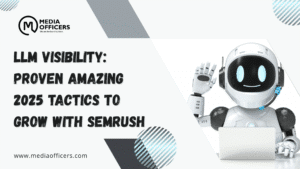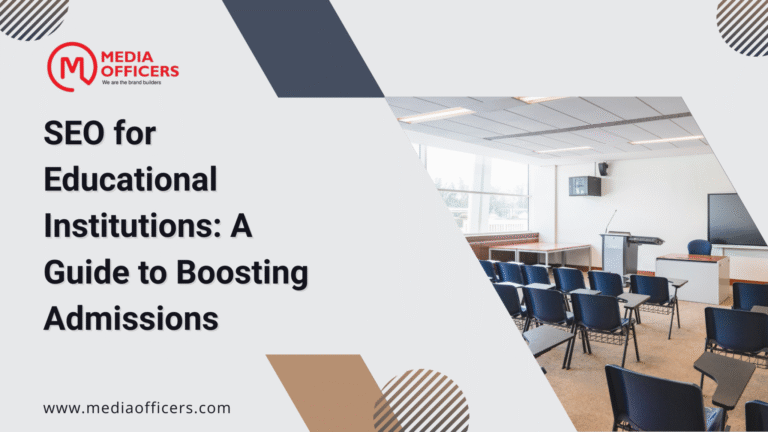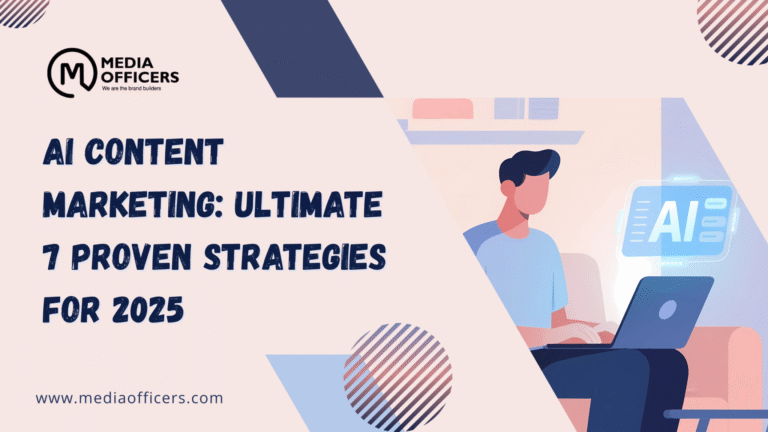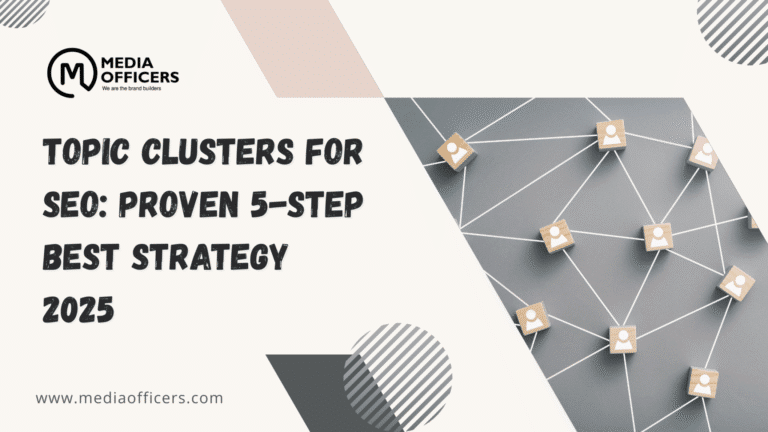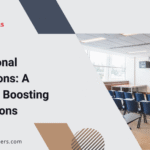LLM visibility is reshaping how brands compete in AI-enabled search, and at Semrush we treat this as a data-driven discipline. In this article, we reveal how we nearly tripled our share of voice and boosted our AI visibility by combining Enterprise AIO with the AI SEO Toolkit. The result is a repeatable framework you can apply to your own AI-driven campaigns.
Understanding the importance of LLM visibility in today’s search landscape
As search engines evolve to leverage large language models (LLMs), LLM visibility becomes a strategic differentiator. It isn’t enough to optimize for traditional rankings alone; brands must optimize for how LLMs interpret, summarize, and present information in response to user intent. A focused approach to LLM visibility drives higher relevance, improves share of voice, and accelerates AI-assisted discovery across SERPs and knowledge panels.
At Semrush, we started with the premise that LLM visibility is measurable. By establishing baselines, we could quantify gains from our initiatives and iterate quickly. This mindset paired with data from our own tools enabled a scalable approach that blends discovery, optimization, and measurement into a single workflow.
Primary focus and supporting keywords
The primary target keyword for this program is LLM visibility. To strengthen relevance and capture related intents, we anchored our content and optimization around several related terms, often referred to as LSI keywords:
- AI visibility and AI-assisted search
- Share of voice in AI-driven contexts
- AI SEO Toolkit
- Enterprise AIO
- LLM optimization for SEO
- Search intent and LLM prompts
These terms helped us map user intent across stages from awareness to intent capture while keeping LLM visibility at the center of every decision.
A data-driven playbook for driving LLM visibility
Our approach is built on a simple premise: combine rigorous data with disciplined execution. Below is the step-by-step framework we implemented to drive LLM visibility at scale. Each step includes practical actions you can apply in your own organization.
Step 1: Analyze search intent & keywords
The first step is to identify the actual intent behind queries tied to our focus keyword. We categorized intents into informational, navigational, and transactional signals that influence how LLMs surface results. We then paired the primary keyword with 3–4 supporting queries that reflect related questions, use cases, and pain points.
- Map intent to content formats (how-to guides, case studies, benchmarks)
- Evaluate user signals such as click-through behavior and dwell time
- Prioritize queries with high likelihood of LLM-assisted answers
Step 2: Craft core SEO elements
We built our on-page assets around formal LLM visibility signals, ensuring alignment with the step above. Our core elements included:
- SEO Title that places the primary keyword at the front and includes a power word, a sentiment word, and a number
- Meta description that teases insight and invites action
- Structured headings (H2, H3) that guide both users and models through the content
In practice, we anchored the page around the keyword and sprinkled relevant terms in subheads and body copy to improve topical authority without keyword stuffing.
Step 3: Implement Enterprise AIO & AI SEO Toolkit capabilities
Our implementation combined two powerful capabilities:
- Enterprise AIO for enterprise-scale data integration, governance, and experimentation across AI-enabled channels
- AI SEO Toolkit for structured, model-aware optimization, including prompt engineering, data prompts, and content templates tailored for LLM interpretation
With these tools, we could run parallel experiments, measure impact quickly, and scale the winning patterns across domains and content types.
Step 4: Build a measurement framework that proves value
We defined a lightweight but powerful metric set focused on LLM visibility and downstream outcomes. Key metrics included:
- Share of voice in AI-assisted queries
- AI-driven traffic from SERP features and knowledge panels
- Engagement signals on pages optimized for LLM-driven answers
- Conversion path efficiency when users engage with AI-generated responses
This measurement framework allowed us to prove the correlation between our optimization efforts and business impact, while maintaining the flexibility to adapt as algorithms evolved.
Step 5: Iterate and scale with a modular playbook
We treated the process as a living system. We maintained a backlog of experiments, prioritized by impact and feasibility, and used Enterprise AIO to orchestrate the experiments at scale. As we learned what works, we cloned successful patterns across topics and formats, accelerating improvement in LLM visibility.
Case study: how the approach delivered measurable results
The outcome of this disciplined strategy was clear: we nearly tripled our share of voice and noticeably boosted our AI visibility. By marrying data-driven insights with enterprise-grade tooling, we demonstrated a repeatable approach that teams can replicate.
Key takeaways from the case study include:
- Share of voice grew substantially in AI-focused search segments
- AI visibility improved through targeted content and model-aware optimization
- The combination of Enterprise AIO and AI SEO Toolkit unlocked rapid experimentation and scaling
We also saw improvements in content quality signals, including better alignment with user intent and stronger topical authority around LLMs and AI-driven search results.
Operational best practices to sustain LLM visibility gains
To maintain momentum, we established several best practices:
- Maintain a living keyword map focused on LLM visibility and related intents
- Embed model-aware prompts and structured data in all core content
- Leverage continuous testing and rapid iterations with AI SEO Toolkit
- Institute governance for data usage and content updates across the enterprise
These practices help ensure that gains are durable, not just a temporary lift from a single campaign cycle.
Practical adoption guide for your team
If you’re aiming to implement similar results, start with these practical steps:
- Define a clear LLM visibility objective aligned with business goals
- Audit your current content for model-readiness and clarity of intent
- Adopt tools that support data-driven experimentation and scale, such as Enterprise AIO and AI SEO Toolkit
- Monitor a focused set of metrics and iterate weekly
Frequently Asked Questions
What exactly is LLM visibility?
LLM visibility refers to how effectively content is interpreted and surfaced by large language models when users search. It encompasses the relevance, clarity, and usefulness of the model’s answers, as well as the ability of content to be included in AI-assisted responses and knowledge panels.
How did Semrush measure the improvements in LLM visibility?
We tracked share of voice in AI-focused queries, AI-driven traffic, and engagement signals on pages optimized for LLM-driven answers. We also compared pre- and post-implementation metrics across experiments powered by Enterprise AIO and the AI SEO Toolkit.
What role did Enterprise AIO play in the results?
Enterprise AIO provided the data integration, governance, and orchestration needed to run large-scale experiments reliably. It allowed us to scale successful patterns across topics and keep the program aligned with business goals.
Can I replicate this approach in a smaller team?
Yes. Start with a focused, hypothesis-driven pilot that targets a single content cluster around LLM visibility, then gradually scale as you confirm impact. Use lightweight versions of the same tooling and governance principles to maintain velocity.
Conclusion: a repeatable framework for durable LLM visibility
Driving LLM visibility is not a one-off optimization; it is a disciplined, data-driven program that blends intent understanding, model-aware optimization, and scalable tooling. By leveraging Enterprise AIO and the AI SEO Toolkit, you can create a repeatable playbook that yields durable gains in share of voice and AI-driven visibility. The Semrush experience shows that when you align people, process, and technology around one clear objective, the impact compounds across content, search, and user experience.

